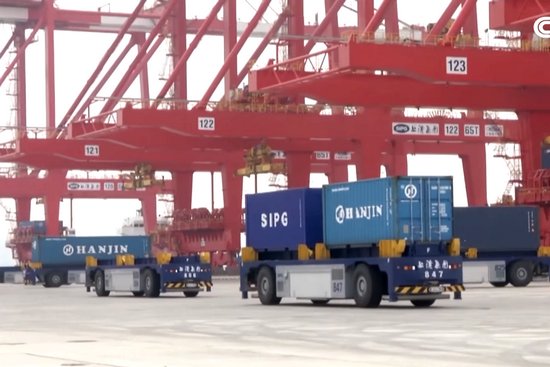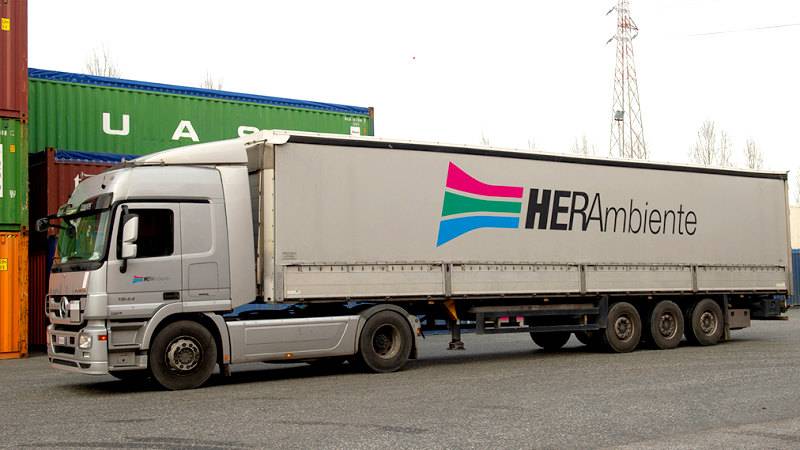Container shipping carriers are trying to raise spot rates in early November 2024, in an effort to halt the market's decline and strengthen their position in negotiations with European shippers for new long-term contracts. However, Xeneta argues that European importers should not be alarmed by these moves, which appear more like a desperate attempt rather than a genuine market reversal.
According to the latest data from Xeneta, a platform providing intelligence on air and ocean freight rates, average spot rates on key routes from northern China to Europe and the Mediterranean are expected to rise between 15% and 25% from November 1. Currently, average spot rates stand at $3,390 per 40-foot container to Northern Europe and $3,430 per feu to the Mediterranean, following a dramatic drop of 55% and 49% respectively since the end of August.
Peter Sand, Chief Analyst at Xeneta, explains: “European shippers might be alarmed by the spot rate increases in early November, but they shouldn't be. The carriers are desperate to keep the spot market high and stop the recent significant declines. It is clear there is still some instability in maritime supply chains, and carriers may point to the impact of the conflict in the Red Sea, but the fundamental market direction is downward, and the November rate hike is unlikely to last long.”
Many European shippers are currently engaged in negotiations with carriers for new long-term contracts that will take effect in January 2025. A high spot market could strengthen carriers' negotiating position, exerting upward pressure on the long-term market as well. However, the Xeneta Shipping Index Global, which measures all valid long-term market rates, fell in October for the first time in three months, recording a 5.6% decline to 157 points. The sub-index for exports from the Far East, which includes key routes to Europe and the Mediterranean, also dropped by 7.5% in October, reaching 194.4 points.
Sand adds: “Shippers should be encouraged by the latest data showing that long-term rates are decreasing both globally and on the routes between the Far East and Europe. At the end of August, shippers on the China-Europe route were paying $4,420 more to move a container on the spot market compared to the long-term market. This gap has now shrunk to just $389, mainly because the short-term market is declining rather than an increase in the long-term market.”
Negotiations for new long-term contracts could be challenging, according to Sand, due to the high market volatility throughout 2024, following the escalation of the conflict in the Red Sea. “Both shippers and carriers can present compelling arguments. Carriers point out that average spot rates from the Far East to Northern Europe are still up by 224% compared to twelve months ago and that the main cause of this massive increase — the conflict in the Red Sea — will continue into 2025.”
Shippers, on the other hand, are closely monitoring market data and leveraging the decline in spot rates in recent months to firmly counter any increases in new long-term rates. It is a crucial moment for both parties, as neither wants to be exposed to market volatility in 2025, locking in long-term rates that could end up being too high or too low. For this reason, the market is increasingly moving towards indexed agreements, which protect both parties in the event of significant market movements,” concluded Sand.































































